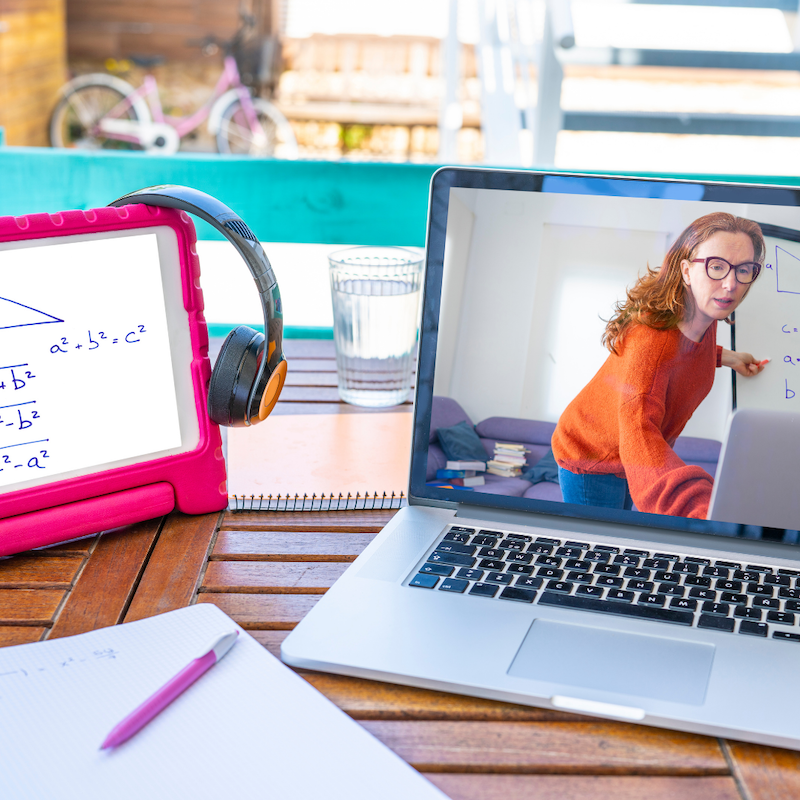
Are Online Learning Platforms Critical to Primary and Secondary Education?
During the coronavirus pandemic,
academic institutions all over the world have had to move to online learning
platforms, either to complement face-to-face education or to replace it
entirely. Whether or not schools have stayed open, both primary and secondary
pupils have had to adjust to a higher degree of virtual education than ever
before to support social distancing and help stop the spread of COVID-19.
Schools with robust and
reliable IT systems and existing online platforms have fared well with this change,
but those not familiar with online education have struggled to adapt. Like with
all institutional changes, there are pros and cons to online learning, and each
school has taken its own unique approach.
So, if and when the world
shifts back to normal, will online and hybrid
learning
be a thing of the past, or could it become a vital part of our children's’
future?

The
pros and cons of online learning platforms
There’s no doubt that taking
education online has been a challenge for schools all over the UK. Many lack
the IT infrastructure to meet the needs of their pupils and emulate a classroom
environment, and not all students can connect with online learning materials as
easily as others.
For example, those with
learning disabilities or additional needs may find concentration difficult in a
virtual context. Children from
less advantaged backgrounds may not have adequate Wi-Fi or internet
devices at home, and pupils may live with difficult family circumstances that
aren’t conducive to learning. One of the benefits of a physical education
environment is that pupils are given equal opportunities to learn inside the
classroom.
Online learning platforms are
also reliant on technology working as it should. An app crashing or an online
portal being inaccessible could create barriers to learning that wouldn’t
necessarily exist inside a regular classroom.
One of the benefits, however,
of online learning platforms is that they’re accessible 24/7. This means that
older children who are more independent can work to their own study schedules,
at their own pace. This may also remove the competitive nature of classroom
work and give secondary pupils the autonomy to manage their education. What’s
more, there is continuous access to learning materials and class discussions
that can be used at any time.
For primary school children,
online education gives families the chance to get involved in their kids’
schoolwork while juggling their own professional and personal schedules.
Is
online education the future for primary and secondary education?
It is important to note the
distinction between primary and secondary education. Older children will have
spent more time using technology and familiarising themselves with virtual
platforms, and they may be more likely to concentrate and focus on screen-based
activities.
Younger children can be
engaged with online games and entertaining education materials for a limited
time, but they may not respond as well as secondary pupils to classes on Zoom or
Google Hangout. Therefore, when it comes to online education, a unique and
holistic approach must be taken to fit the needs of the class and year group.
The bottom line is that
online learning is giving more vulnerable pupils (such as those who are shielding)
or students having to take time off with coronavirus the option to continue
their education from home. This is certainly crucial during COVID, but could it
become a normalised part of the curriculum once the pandemic has passed?
According to Dr
Rajani Gupte,
Vice-Chancellor of Symbiosis International (Deemed University), the future of
education involves a blend of online and face-to-face learning. He confirms
that “a fine amalgam of traditional physical classroom teaching and online
interaction in the form of blended learning is the best way forward.”
What do you think? How well have your children adapted to online learning? Let us know in the comments below.


Submit your comment